Motorbikes not meeting emissions standards to be restricted in Hanoi from 2024
Hanoi - Starting from 2024, motorbike owners will be charged fees for gas emission or restricted from traffic in some areas in Hanoi if their vehicles do not meet the emissions standards, according to the proposal from the Hanoi Department of Natural Resources and Environment.
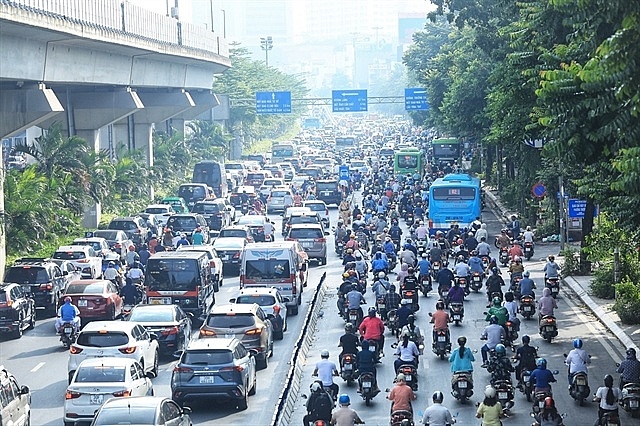 |
| Vehicles in crowded Nguyen Trai Street of Hanoi's Thanh Xuân District. - VNA/VNS Photo |
Recently, the department reported the results of an emissions testing programme for old motorbikes and proposed a roadmap for further emissions inspection.
Accordingly, in 2023, the city's agencies will develop a legal framework and issue a plan to control motorbike emissions as well as study zoning for air protection and restricting motorbikes.
In 2024-25 period, the city will organise an annual pilot inspections or motorbikes with five years of use or more.
In this phase, the city will also begin to apply zoning according to emissions standards.
After the pilot period, from 2026, vehicles with three to five years of use or more must undergo periodic emissions inspection, and the vehicles that do not meet emissions standards in the zoned area will be restricted from traffic.
The city will study the application of emission fees for areas according to protected zoning.
Hanoi will build a motorbike emission control system including 170 fixed and mobile emissions testing stations and invest in a traffic camera system to detect black smoke-emitting vehicles (which could be integrated into existing traffic camera system).
This scenario can be adjusted according to the actual situation.
For example, in the early stages, when people are not yet familiar with periodic motorcycle emissions testing, the city can only control emissions by subjects (people and vehicles), and after a while, the surveillance will be on both subjects and areas. And then, when the city’s transport infrastructure and public transport are adequate, collection of emission fees will be studied, according to the department.
For the vehicles that do not meet emission standards and/or too old and worn out, the city will offer vehicle owners financial aid to buy new ones or change their jobs.
According to the department, a survey of 3,800 motorbike owners in the city showed that 86 per cent of the people supported the emissions control policy.
The testing fee agreed by the people is about VND30,000-50,000 (US$1.3-2.1) each time with a frequency of once a year.
About 29 per cent of the survey participants said they would bring their old motorbikes to the collection points according to regulations.
Previously, in August 2021, Hanoi held a motorbike emission test to assess the current emission status of old motorbikes to make a scientific basis for building and implementing solutions to improve air quality.
Random emissions testing of more than 5,200 vehicles with five years or more of use showed that these old vehicles tend to emit emissions above the permissible limit.
Specifically, the rate of vehicles not meeting level 1 of the Vietnamese standards is more than 54 per cent and not reaching level 2 is over 60 per cent.
The testing programme also offered financial support for vehicle owners to dispose of their old motorbikes and convert to new ones.
However, from November 2021 to March 2022, only four people agreed to abandon their old vehicles and received the assistance.
According to the Department of Transport, by July 2022, Hanoi had more than 7.6 million vehicles, of which there are more than a million cars, nearly 6.5 million motorbikes of all kinds (half of them manufactured before 2000), and about 180,000 electric motorcycles. This figure does not include vehicles of other provinces circulating in the city.
 | Implications for Vietnam in the bold transition to net-zero More than 130 countries, including Vietnam, China, Indonesia, Japan, Malaysia, and Thailand, have made (or are considering) net-zero pledges. By this, we are referring to the goal of eliminating or offsetting all greenhouse gas emissions, to limit the rise in the earth’s temperature to no more than 1.5 degrees Celsius by 2050. |
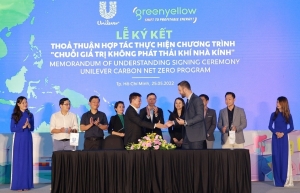 | Unilever Vietnam achieves net zero emissions nine years earlier than planned Switching to clean energy sources, reducing emissions from electricity consumption, and building green facilities are Unilever Vietnam’s efforts to obtain net zero operational emissions, underpinning the company’s commitment to achieve net zero carbon emissions throughout the value chain. |
 | Doing our part to frame the planet’s harmonious future Vietnam is making efforts to realise its strong commitment to achieve net-zero emissions by 2050. Caitlin Wiesen, resident representative of the United Nations Development Programme in Vietnam, writes about how the country can formulate a development pathway that benefits both the economy and the environment in line with the World Environment Day on June 5. |
 | Attempting to balance green ideas with profit The circular economy is essential for all businesses as well as people. Roongrote Rangsiyopash, president and CEO of SCG told VIR’s Nguyen Huong how this company collaborates with relevant partners to promote this kind of development model and aim for net zero emissions. |
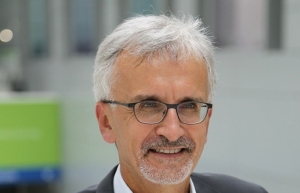 | Can Vietnam achieve its goals on net-zero emissions? Vietnam’s economic achievements have been impressive over recent decades but greenhouse gas emissions have risen alongside them. Patrick Lenain, former assistant director at the Organisation for Economic Co-operation and Development, looks at the carbon market for this country moving forward as it tries to meet major emission-reducing targets. |
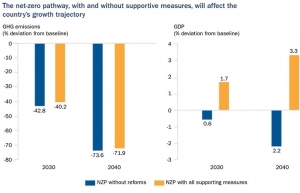 | Rallying cry for Vietnam’s steadfast net-zero strategy Vietnam may have to mobilise a colossal amount of funding to fulfil its international commitment to achieve net-zero emissions by 2050, with a hallmark new strategy on climate change response soon to be enacted. |
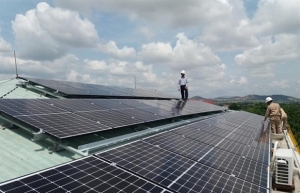 | Vietnam needs extra 368 billion USD to achieve net zero emissions As the energy industry has a crucial role in achieving net zero emissions by 2050, it requires a structural transition toward green growth. Therefore, Vietnam needs assistance from developed countries regarding both financial and technical issues. |
What the stars mean:
★ Poor ★ ★ Promising ★★★ Good ★★★★ Very good ★★★★★ Exceptional
Related Contents
Latest News
More News
- Driving double-digit growth through green and circular transformation in Vietnam (December 17, 2025 | 09:00)
- Standard Chartered and ACCA deepen collaboration to develop Vietnam’s talent for a sustainable future (December 15, 2025 | 18:18)
- Schaeffler reports strong early output from Dong Nai solar project (December 12, 2025 | 15:16)
- Forestry conference highlights biodiversity and sustainability goals (December 09, 2025 | 13:35)
- Home Credit honoured among top 10 sustainable companies in trade and services (December 09, 2025 | 12:18)
- SCG and seven member companies honoured in Top 100 Sustainable Businesses 2025 (December 08, 2025 | 09:00)
- Nestlé Vietnam pioneers sustainable development and promotes business connections (December 06, 2025 | 12:09)
- CSI 2025 highlights rise of Vietnam’s green champions (December 06, 2025 | 09:00)
- Acecook Vietnam named among top 100 sustainable businesses (December 06, 2025 | 08:00)
- Vietnam’s forest carbon credits draw global interest (December 05, 2025 | 17:41)

 Tag:
Tag:





















 Mobile Version
Mobile Version